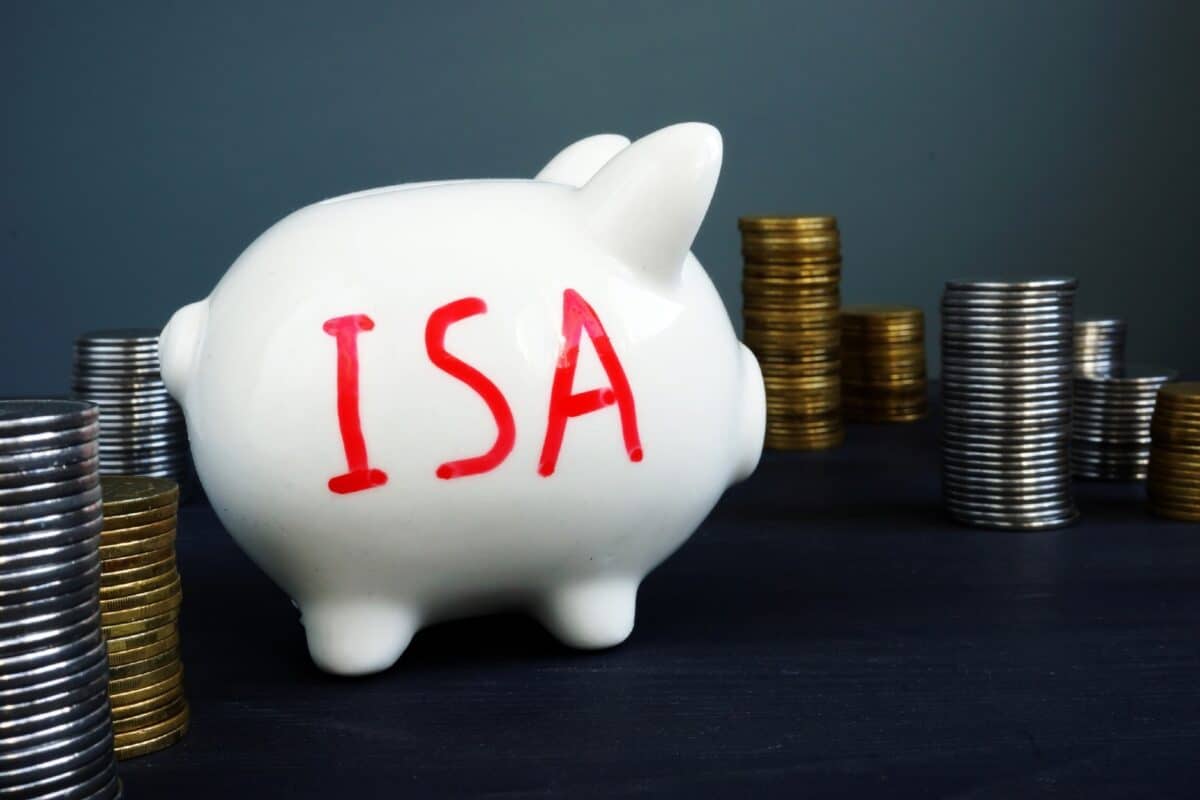
Image source: Getty Images
An investor with £20k and a long-term approach can turn a Stocks and Shares ISA into a serious passive income stream.
In fact, in the example below, that £20k ISA could grow in value while also throwing off over £600 each month in dividends – while being invested in proven blue-chip FTSE 100 shares.
Investing long term is an income force multiplier
I mentioned a long-term approach and in my example here, I am using a 25-year timeframe.
The same approach could still turn an ISA into a passive income generator on a much shorter timeframe, just at a lower amount each month.
Time helps here. As shares pay dividends, instead of being withdrawn from the Stocks and Shares ISA, they are reinvested. That process is known as compounding.
Thanks to compounding, more and more shares can be bought that, in turn, also pay dividends – without the investor needing to put in a single penny more beyond the original £20k.
And so the wheel turns, on and on, building bigger and bigger passive income streams.
Over £600 a month for doing nothing?
That depends, of course, on dividends being maintained by the companies in which the investor has bought shares.
That is not guaranteed. No dividends ever are. But it could be that those dividends grow, boosting the passive income streams yet further.
So a couple of key lessons emerge for investors: choose shares carefully and do not put all of the £20k into any one share no matter how good it may seem. Diversification is the name of the game.
Doing that and compounding at an annual rate of 7%, the £20k ISA should grow over 25 years into over £108,000. At a 7% yield, that should throw off £633 a year in passive income (although this is not guaranteed).
Focusing on income, but being realistic
I reckon a 7% yield is realistic in today’s market even when sticking to FTSE 100 shares. But it is a bit more than double the FTSE 100 average, of 3.4%.
So achieving it requires careful share selection, recognising that while some shares offer yields far above the average, that might be a sign that the City perceives an elevated risk of a cut in the payout.
One option to consider for a Stocks and Shares ISA is insurer Aviva (LSE: AV). It has been on a tear over the past year, rising 22% (though, in fairness, the FTSE 100 has risen an impressive 17% during that period). Despite that increase, the share still yields 6.7%.
Insurance is a large, resilient market. That attracts competition – but it is also a complex market. Making the wrong decisions can be costly, as shown by Direct Line in recent years.
Aviva has a strong brand, large customer base and proven model.
Its planned acquisition of Direct Line is a double-edged sword. It may distract management and hurt business performance. But it could also be an opportunity to add economies of scale and improve profitability.
After a dividend cut in 2020, Aviva has been growing its shareholder payout handily.













